PETULA MITCHELL tells the story of how Archbishop of Canterbury, Simon of Sudbury, was murdered and now haunts the cathedral
The story of Simon of Sudbury, his meteoric rise and brutal downfall are usually treated as a footnote in the history of the Peasants Revolt of 1381.
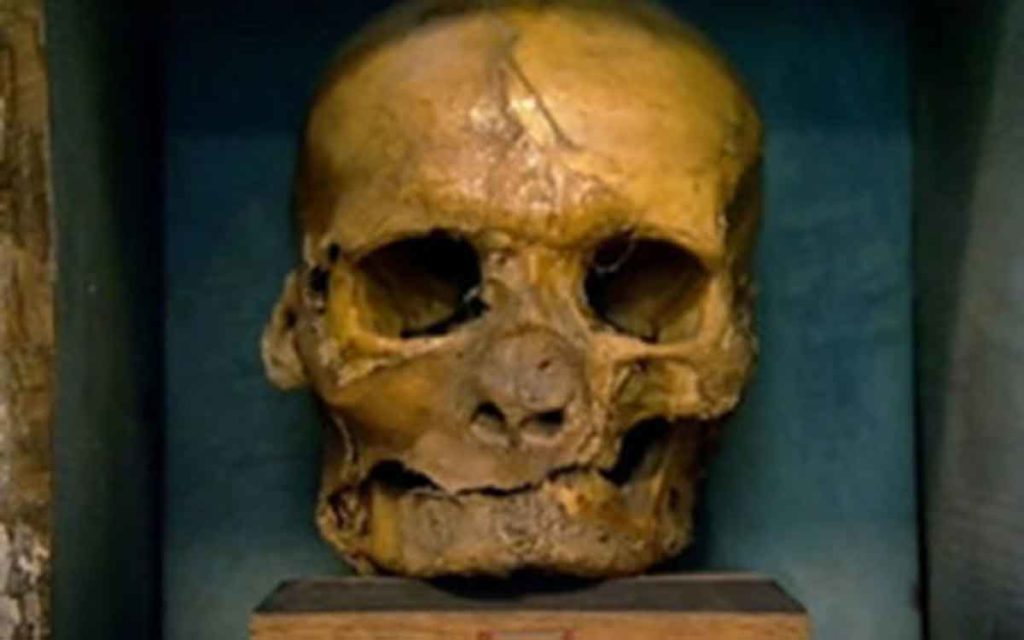
He was born around 1316-18, the son of middle class parents. He was obviously an intelligent and scholarly man having studied at Cambridge and at the University of Paris.
It was from here he gained employment in the court of Pope Innocent VI, one of the Avignon popes. The papacy was in conflict with the French crown and refused to sit in Rome at this point. Simon became chaplain to the Pope.
He was a fugitive during this period in his life as having become embroiled in a dispute with the Bishop of Norwich. There was a warrant out for his arrest in England. When it was finally rescinded Pope Innocent sent him as an ambassador to the court of Edward III. He was awarded the post of Bishop of London in 1361 and all the income and favours that came with it. He was also Chancellor of Salisbury.
Who was Simon of Sudbury?
Simon of Sudbury’s reputation was that of a wise, learned and gentle man who was keen on restoring the fabric of ecclesiastical buildings and making sure the clergy were well educated in their role.
On finding that some of the priests in his home town were not fluent enough in Latin to understand their own prayers he set up a small college there.
His personal rise to the top continued when he became Archbishop of Canterbury in 1375. He presided over a turbulent period in history, post the Black Death and all the social upheaval it had caused and during the Hundred Years War with France.
He took the funeral services of Edward III, Edward the Black Prince and crowned the ten year old Richard II as a he came to the throne. The country was under the de facto rule of the senior noblemen and barons at this point.
Simon in his role as Archbishop made some alterations and commissioned work on Canterbury Cathedral and continued to be at the seat of power as an ally of John of Gaunt. However it was Simon’s appointment as Lord Chancellor in 1380 that proved to be a step too far and a terrible mistake for him.
Simon makes a step too far
The crown needed an awful lot of money, to be able to carry on the war in France.
The Plantagenets were still forcing their claim to the French throne, and had Calais, Brest and Cherbourg garrisoned with English forces that all had to be paid and supplied.
The taxation system was still being administered on information prior to the Black Death which had obliterated almost half of the population and the vital and lucrative wool trade with Flanders was taking a downturn due to problems over there.
Archbishop Simon was stepping into a perfect storm.
There was already a poll tax in place that had started at four pence per person for the poorest serfs rising with wealth and status. It had been revised once , but the decision by Simon to raise it to one shilling and four groats was extremely unpopular. It was one of the many catalysts that led to the Peasants Revolt.
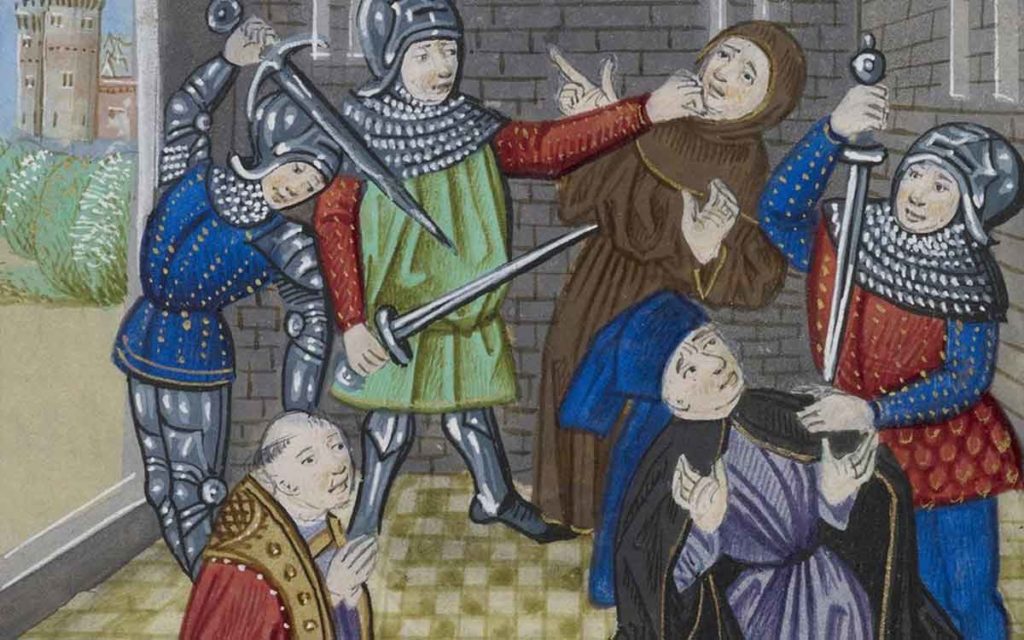
Kentish and East Anglian rebels marched on Canterbury causing damage to Simon’s properties.
They then marched on London, poorly defended at that time due to the number of troops in France and also in the north of England.
On June 14th 1381 at Mile End, 14-year-old Richard II had his famous showdown with Wat Tyler and the peasant army. While events were unfolding there the Tower of London where the King and all his top officials were based for safety was attacked.
By this time, Simon of Sudbury had become so unpopular the guards opened the gates and let the rebels in. They called out, “Where is the traitor of the kingdom? Where is the despoiler of the commons?”
He is alleged to have replied, “Neither traitor or despoiler am I, but your Archbishop!”
The rebels dragged the unfortunate man out onto Tower Hill and his beheading was messy and brutal.
It took eight blows to sever his head. His head was then put on a spike and displayed above the gatehouse of London Bridge. A few days later, when the King regained control of the situation the head of Wat Tyler was put on the same pole and Simon’s head was somehow spirited back to Sudbury. The rest of his corpse was laid to rest amid great pomp at Canterbury with a cannon ball in place of his head.
Ghost of Simon of Sudbury haunts cathedral and church
It has been reported that the spirit of Simon haunts both the Cathedral and the parish church of St Gregory in Sudbury. In Canterbury he is reported to be a pale grey clad figure in the tower that is named after him. In Sudbury he has been seen in the church and is also believed to be responsible for the disembodied footsteps heard there. As a mediaeval cleric he would almost certainly wanted his body to be in one piece for the day of Judgement!
Just as you think the 600 year old story couldn’t have any more to give, enter the forensic science department of the University of Dundee.
Revealing the face of Simon of Sudbury
In 2011, forensic artist Adrienne Barker was able to use 3D scanning techniques on the skull to gain an image she could then use to reconstruct his face.
In turn, this has been used to make a portrait of Simon in his Archbishops robes and create a series of bronze resin casts of his head. These were revealed in September 2011, 630 years after his death.
They reveal the face of world weary man who would have been considered elderly by the standard of the time at around 63- 65 years old.
There has been a drive to rehabilitate the reputation of Simon and put the emphasis on his piety, learning, work as an ambassador and in education rather than being remembered for his one critical mistake.
His downfall was swift and brutal and when you look at the face of a benign looking older gentleman it can’t help but seem unjust and unnecessarily violent.

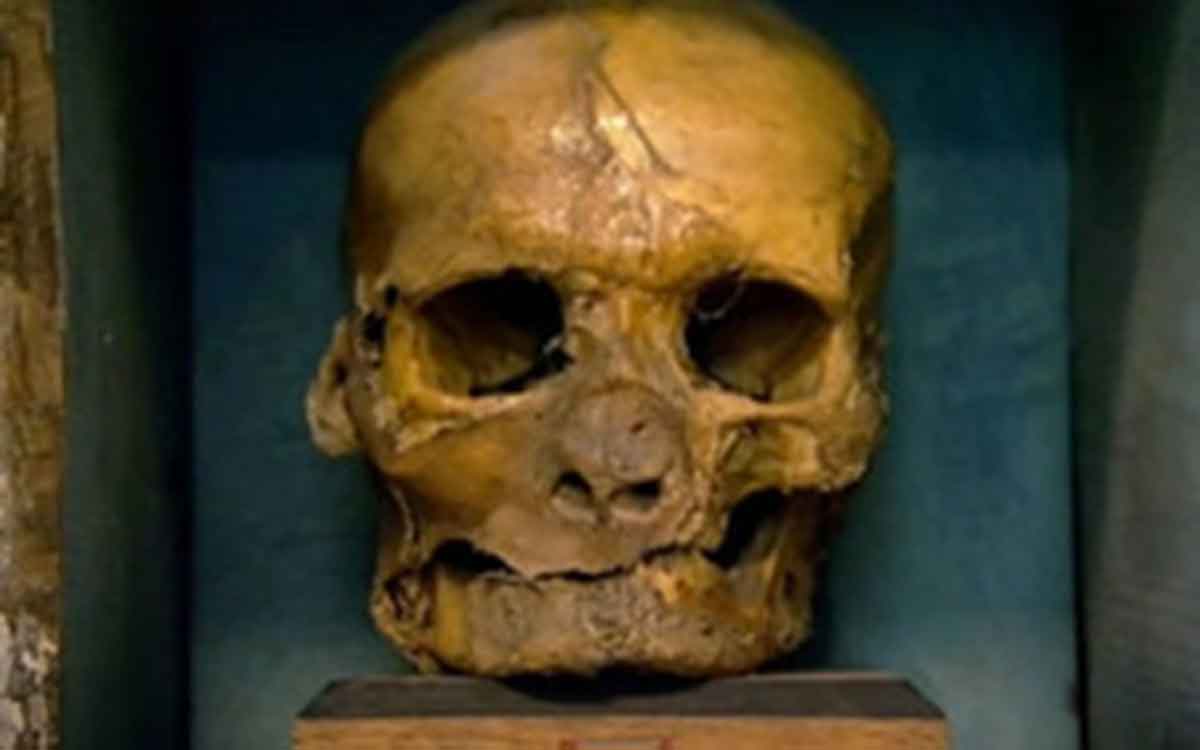

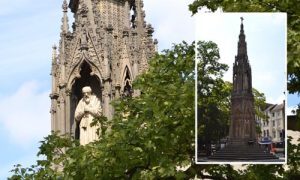
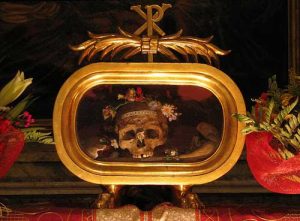
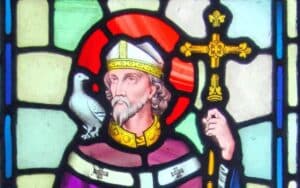
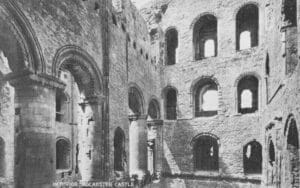

I was very pleased to see this piece about Simon of Sudbury and St Gregory’s Church, Sudbury (a marvellous medieval church) commemorating the man and the story. It reminded me of my first visit there on the track of the ghost story way back in 1978. My source was Peter Underwood’s classic Gazetteer of British Ghosts (1971) which said the footsteps had been heard ‘a few years ago’. However, that meant nearly a quarter of a century then, it turns out. Reports of the footsteps were publicised back in the late 1940s, mentioned in a local press interview with a long-serving bell-ringer. He in turn referred back to sounds heard 25 years earlier, sometime in the 1920s. They attributed these to the ‘Old Ringer’ rather than His Grace Simon. On my visit, a lady parish worker and volunteer at the church told me told that the verger ‘had seen something’ but ‘refuses to tell anyone what is was’. She had also heard strange sounds in the church but emphasised that one does in one’s own house from time to time. More recently, around seven years ago I was in touch with the late minister at St Gregory’s, the late Revd Canon Gregory Webb (who sadly died in 2015). He said he knew of no recent manifestations, preferring to emphasise the living spirituality of this historic church.